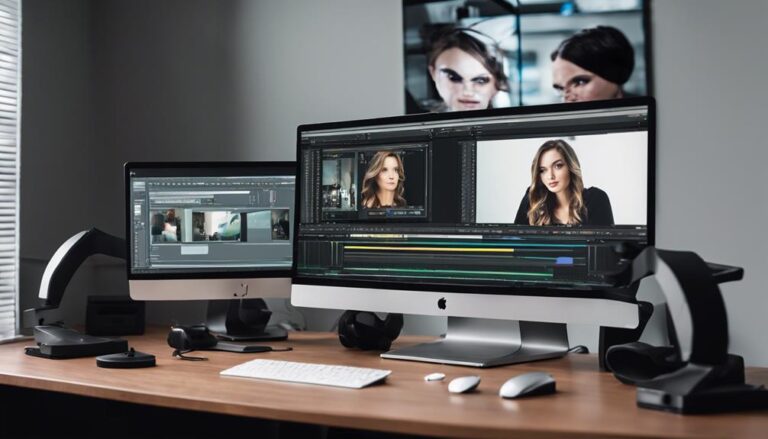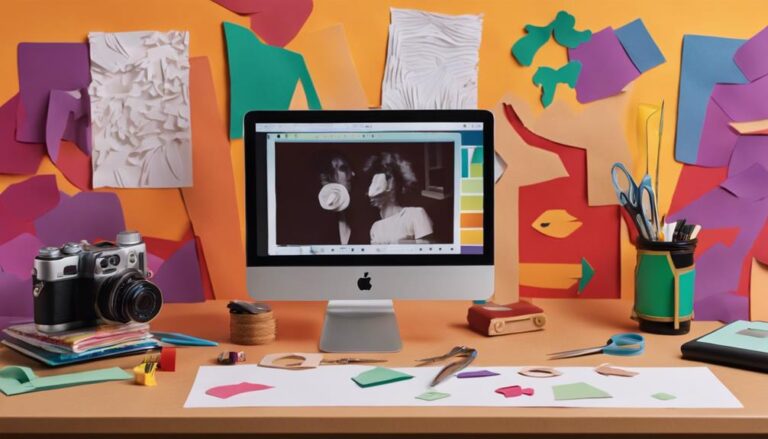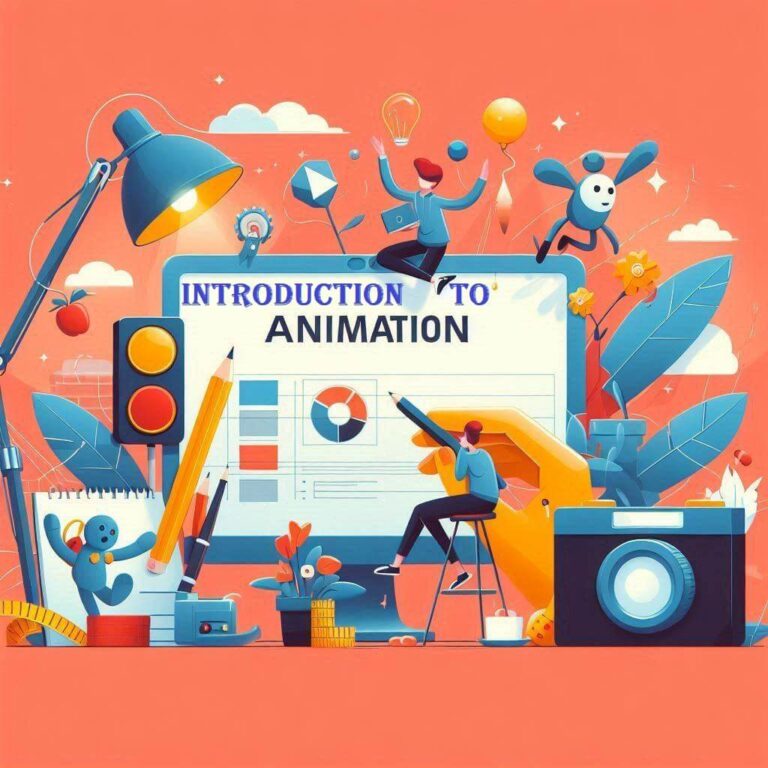Designing Believable Stop Motion Animation Characters
When designing believable stop motion animation characters, you'll want to connect with their inner vulnerability through a rich backstory, motivations, and emotional triggers. A character's physical presence is a tangible manifestation of their personality, so choose materials that evoke tactility and weight. Well-crafted facial features, proportionate to facial anatomy, are essential for conveying emotions. To bring your character to life, infuse them with personality, emotion, and authenticity through vocal cues, backstory development, and movement techniques that consider weight distribution, joint limitations, and natural body language. By mastering these elements, you'll unlock the secrets of authentic character creation.
Key Takeaways
- A character's emotional depth is shaped by their past experiences, influencing their worldview and interactions.
- Crafting a rich backstory, including motivations, desires, and fears, informs a character's actions and decisions.
- A character's physical presence is built through a combination of materials, texture, and history, evoking tactility and weight.
- A well-crafted face is essential for conveying emotions, with proportions and eye movement working together to create a believable appearance.
- Movement and body language bring characters to life, with weight distribution, joint limitations, and natural range of motion creating believable performances.
Understanding Character Emotional Depth
As you delve into the world of stop motion animation, your characters' emotional depth can make or break the narrative.
Achieving emotional authenticity requires you to connect with your character's inner vulnerability. This can be done by creating a rich backstory, exploring their motivations, and understanding their emotional triggers.
To craft emotionally authentic characters, consider what drives them and what they fear. What're their strengths and weaknesses? What past experiences have shaped their worldview?
Answering these questions will help you create a well-rounded character with depth and relatability.
When developing your character's emotional depth, think about the subtleties of human emotion. How do people express emotions non-verbally?
What're the micro-expressions that reveal their true feelings? By capturing these subtleties in your animation, you'll create characters that feel real and relatable.
Ultimately, understanding your character's emotional depth will allow you to craft a narrative that resonates with audiences.
Crafting Physical Character Presence
Your character's physical presence is more than just a collection of limbs and facial features – it's a tangible manifestation of their personality, backstory, and emotional depth.
When crafting this presence, you're not just building a body, you're building a history. Consider the materials you're using – fabrics, woods, metals – and how they can evoke a sense of tactility and weight.
Texture mapping is crucial here; subtle variations in texture can convey a wealth of information about your character's background and experiences.
Material exploration is also key. Experiment with different fabrics, textures, and finishes to find the perfect fit for your character.
For example, a character who spends a lot of time outdoors might've clothing with a worn, weathered look, while a character who's more refined might've smoother, more delicate fabrics.
Designing Expressive Facial Features
A well-crafted face is the window to a character's soul, and designing expressive facial features is crucial for conveying emotions and telling their story.
When designing your character's face, consider the principles of facial anatomy to create a believable and relatable appearance.
Pay attention to the proportions of the eyes, nose, mouth, and jawline, as these elements work together to convey emotions.
To create expressive facial features, focus on the subtleties of eye movement.
Eye movement can convey a range of emotions, from curiosity to suspicion.
Consider the direction, speed, and intensity of eye movement to convey the desired emotion.
For example, a slow, deliberate blink can convey sadness or introspection, while a quick, darting glance can convey anxiety or fear.
Use your character's facial features to tell their story and reveal their personality.
Define the shape and size of the eyes, eyebrows, nose, and mouth to create a unique and expressive face.
Bringing Characters to Life
Breathing life into your stop motion animation characters requires more than just moving their limbs – it's about infusing them with a sense of personality, emotion, and authenticity.
To achieve this, you need to think about what makes your character tick. Develop a rich backstory for your character, including their motivations, desires, and fears.
This will help inform their actions and decisions throughout the animation.
Vocal cues are also crucial in bringing your character to life. Consider the tone, pitch, and pace of their voice.
How do they speak when they're happy, sad, or angry? What kind of accent or dialect do they have? Make sure the voice actor's performance aligns with the character's personality and backstory.
When combining backstory development with vocal cues, your character will start to feel more real and relatable. You'll be able to anticipate how they'll react in different situations, which will make their actions feel more authentic and engaging.
Movement and Body Language
As you delve into the world of stop motion animation, movement and body language become the unsung heroes that bring your characters to life.
You'll need to carefully plan and execute each movement to create a believable performance. Consider the weight distribution of your character – how will their center of gravity affect their movements? A character with a heavy backpack, for example, might lean forward to compensate for the weight.
When animating a character's movements, it's essential to take into account joint limitations. How far can their elbows or knees bend? What's the range of motion for their neck or hips?
By understanding these limitations, you can create more realistic movements and avoid unnatural or stiff poses. Think about how your character will interact with their environment, too – how will they use their body to communicate with others or express emotions?
Frequently Asked Questions
What Software Is Used for Stop Motion Animation Editing?
You'll use software like Adobe Animate, Dragonframe, or Toon Boom Harmony for stop motion editing, setting precise frame rates and conducting thorough animation testing to ensure seamless playback and a polished final product.
How Do I Create Realistic Texture for Character Models?
To achieve realistic texture, you're studying the intricate patterns of fabrics, observing how light interacts with various surfaces, and recreating those effects on your character models using materials like foam, silicone, or 3D printing.
What Materials Are Best for Armature Construction?
You'll build a robust armature by combining wire framing for structural integrity and foam filling for smooth, detailed surfaces, ensuring a solid foundation for your model that's both durable and visually appealing.
Can Stop Motion Characters Be 3D Printed?
You can leverage 3D printing for stop motion characters, but be aware of limitations like brittle materials and potential cracks. Additive manufacturing challenges, such as layer lines and porosity, also require consideration in your design process.
How Do I Prevent Character Model Degradation Over Time?
When crafting durable models, you'll want to test for material fatigue and run wear simulations to identify weak points. This helps you reinforce joints and high-stress areas, preventing degradation over time and ensuring longevity.
Conclusion
You've successfully crafted a stop motion animation character that exudes emotional depth. Your character's physical presence is authentic, their facial features are expressive, and their movements are full of life. By mastering these design elements, you've created a believable character that captivates audiences. As you continue to refine your craft, remember to stay true to your character's essence, and they'll leap off the screen, leaving a lasting impression on viewers.






